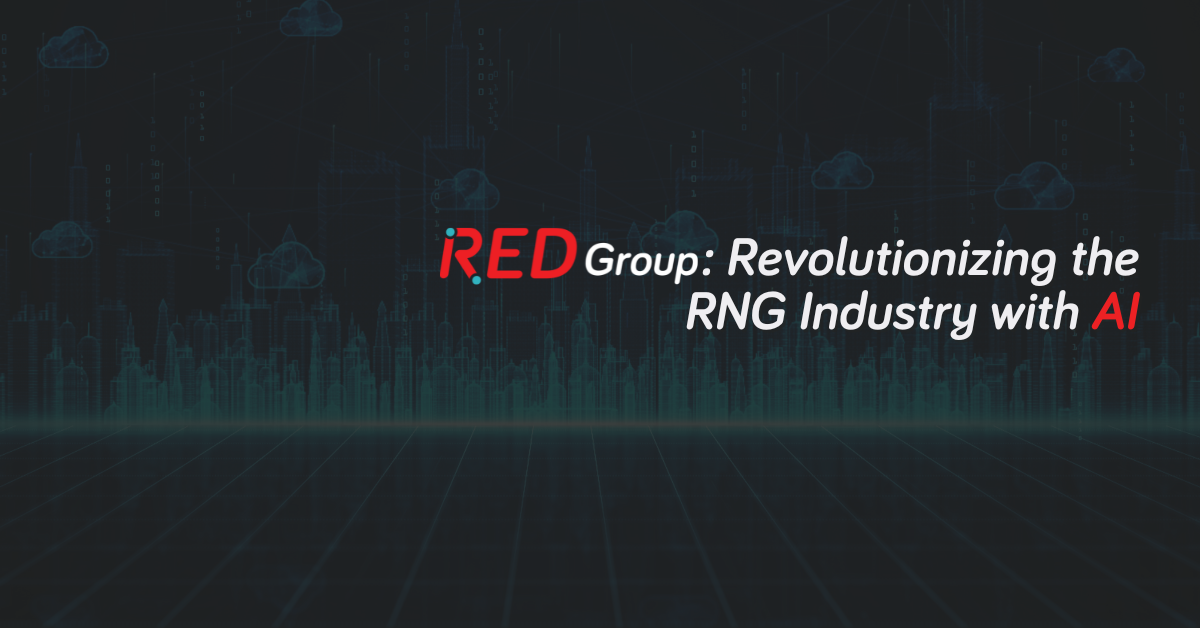
Co-Written by Karl Nicholas, Business Development Manager
The Renewable Natural Gas (RNG) industry is experiencing remarkable growth as the world seeks sustainable and eco-friendly energy sources. As this industry expands, it encounters unique challenges that demand innovative solutions. Fortunately, as part of a larger digitalization journey – which encompasses technologies such as digital twin, advanced analytics, and the Industrial Internet of Things (IIoT) – Artificial Intelligence (AI) has emerged as a game-changer, offering transformative capabilities to optimize operations and maximize efficiency. In this installment of our Digital Transformation blog series, we will explore five compelling use cases where AI can revolutionize the RNG industry, enhancing predictive maintenance, quality control, process optimization, anomaly detection, and predictive modeling.
Predictive Maintenance
One of the critical challenges in the RNG industry is ensuring the smooth operation of complex equipment. RED Group leverages advanced AI algorithms to analyze sensor data and equipment performance, enabling predictive maintenance. By monitoring the condition of crucial components such as compressors and boilers, RED Group’s AI solutions can both identify patterns and anomalies that indicate potential failures or maintenance requirements, as well as provide the opportunity to extend preventative maintenance intervals if the equipment is showing no warning signs. These proactive approaches minimize downtime, reduce maintenance costs, and optimize overall plant efficiency.
Quality Control
Maintaining consistent and high-quality RNG products is crucial for the industry’s credibility and market competitiveness. AI offers a powerful solution by monitoring the composition and quality of incoming and outgoing gases. Advanced techniques such as gas chromatography or mass spectrometry can be integrated with AI processes to analyze data in real-time. This enables precise monitoring and control of the RNG composition, ensuring that the final product meets rigorous standards consistently.
Process Optimization
Efficient and sustainable RNG production relies heavily on optimizing complex processes. AI can analyze vast amounts of data collected during the production process and make real-time adjustments to optimize operations. By continuously monitoring temperature, pressure, flow rates, and other relevant variables, AI algorithms can identify opportunities to reduce energy consumption, enhance yields, and improve overall process efficiency. These optimizations not only reduce costs but also contribute to greener and more sustainable RNG production.
Anomaly Detection
In an industry where even minor disruptions can lead to significant losses, the ability to detect anomalies and address them promptly is crucial. AI can monitor data streams in real-time, detecting anomalies that may indicate equipment malfunctions, leaks, or other operational issues. By leveraging machine learning algorithms, AI systems can quickly recognize abnormal patterns and notify plant operators, enabling them to take immediate action to prevent costly downtime and optimize safety.
Predictive Modeling
Making informed decisions based on accurate forecasts is a key factor in the success of RNG plants. AI can utilize historical and real-time data to create predictive models that forecast production levels, feedstock availability, and market trends. By analyzing a range of variables, such as weather patterns, demand fluctuations, and regulatory changes, AI-powered predictive models provide plant operators with valuable insights to optimize operations, plan investments, and stay ahead of the competition.
Take Away
The RNG industry stands at the forefront of renewable energy, offering a sustainable alternative to traditional natural gas. By embracing AI technologies, RNG plants can unlock immense potential for efficiency, productivity, and competitiveness. From predictive maintenance to quality control, process optimization, anomaly detection, and predictive modeling, AI empowers the industry to overcome challenges and achieve new levels of performance. By harnessing the capabilities of AI, RNG companies can secure a greener future and contribute to a sustainable energy landscape.
Ready to unlock the full potential of AI in the RNG industry? Contact us today to learn how RED Group can help revolutionize your operations and drive your RNG plant towards greater success!
Karl Nicholas is a technology enthusiast and brings many years of experience working and managing various projects in areas such as Cybersecurity, Engineering, IoT, Digital Transformation, and more.

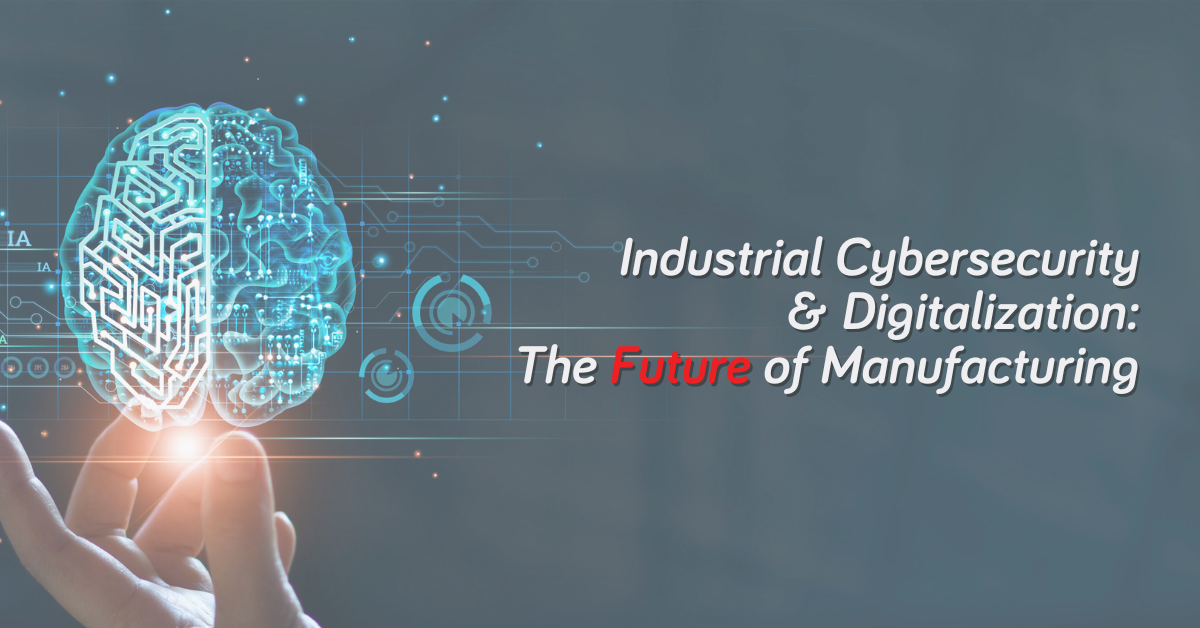
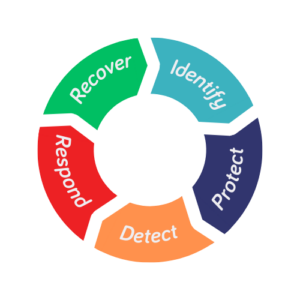
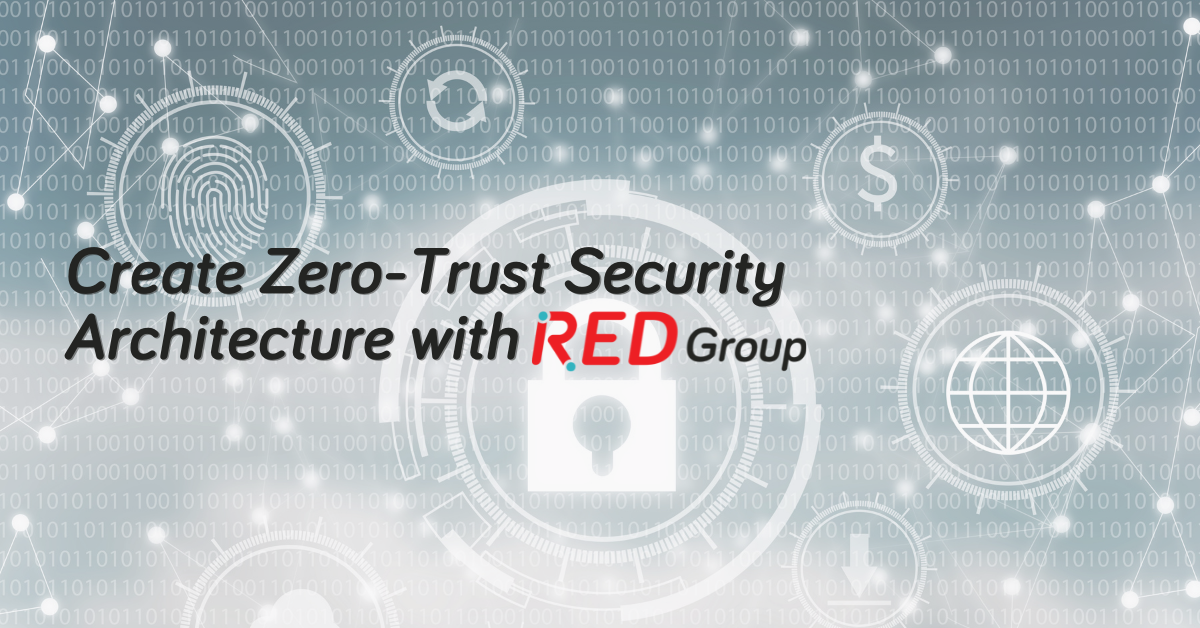
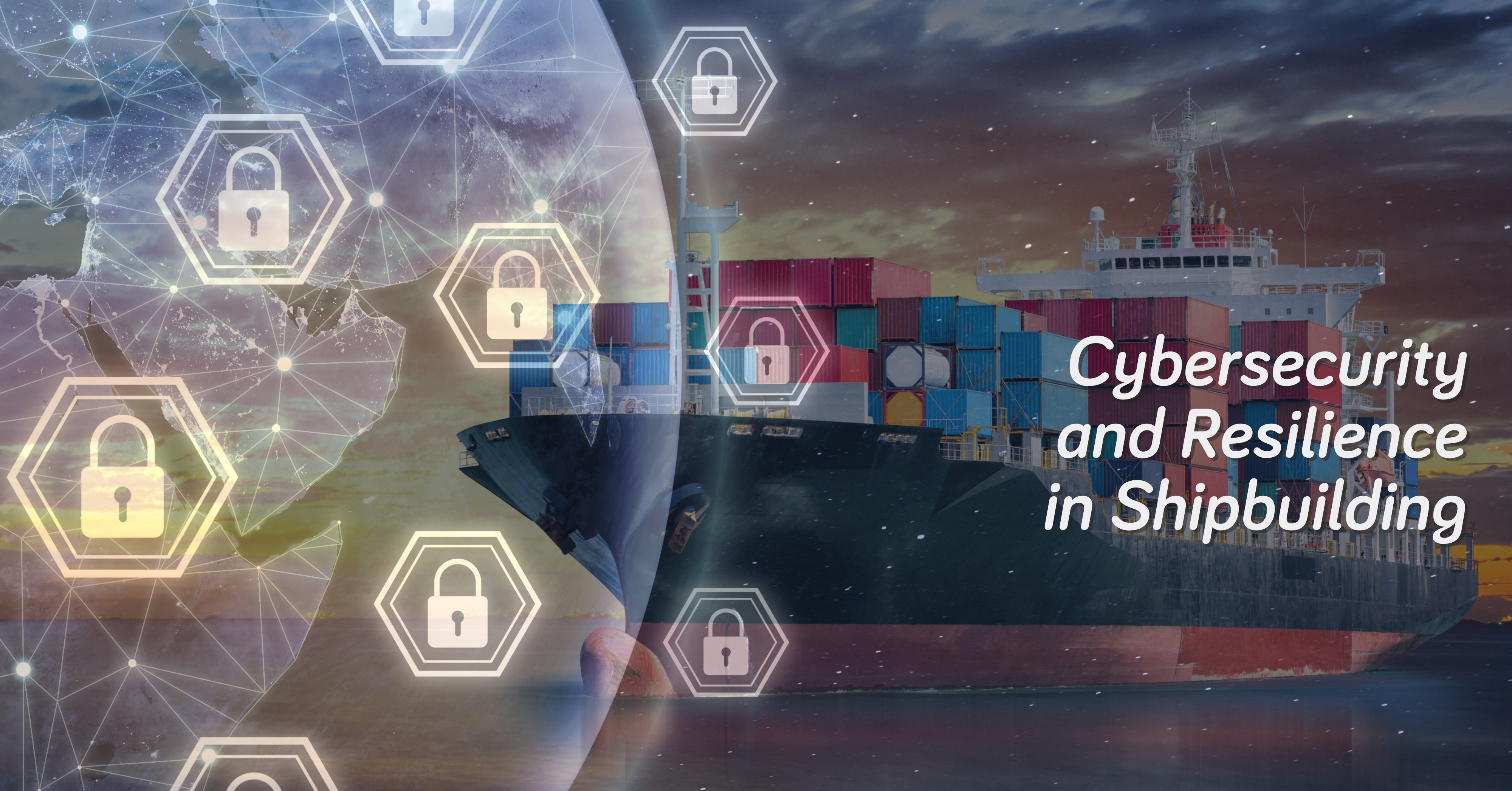
Recent Comments